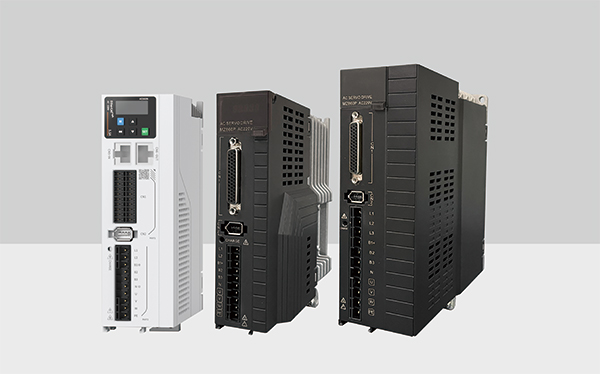Reasons and Solutions for Servo Drive Reporting Fault Code FU202

The fault code FU202 on a Sinic Electric servo drive indicates a software overcurrent condition. The main causes and solutions are as follows:
1. Braking resistor too small or short-circuited:
a. If using the internal braking resistor (P02-25=0), ensure B2 and B3 are reliably connected with a wire. Measure the resistance between B1+ and B3.
b. If using an external braking resistor (P02-25=1/2), measure the resistance between B1+ and B2.
c. Refer to Chapter 1 for braking resistor specifications.
d. If the internal resistor measures "0Ω," switch to external braking resistor mode (P02-25=1/2), remove the B2-B3 wire, and install an external resistor matching the internal resistor’s specifications.
e. If the external resistor value is smaller than P02-21, replace it with one meeting the specifications in Chapter 1 and reconnect it between B1+ and B2.
f. Ensure parameters P02-26 (external braking resistor power) and P02-27 (external braking resistor value) match the actual resistor used.
2. Loose motor cable connections:
Check for loose connections at both ends of the drive power cables and the motor cables (UVW side). Tighten any loose or detached wiring.
3. Motor cable grounding:
With cables securely connected, measure the insulation resistance between the drive’s UVW terminals and ground (PE). The value should be at the megohm (MΩ) level. Replace the motor if insulation is poor.
4. UVW motor cable short circuit:
Disconnect the motor cables and check for short circuits between U, V, and W phases or wiring defects (e.g., burrs). Reconnect correctly.
5. Motor burnout:
Disconnect the motor cables and measure the resistance between U, V, and W phases. Replace the motor if the resistances are unbalanced.
6. Improper gain settings causing motor oscillation:
Check for vibration or abnormal noise during motor startup/operation. Use the drive debugging software to monitor "current feedback." Adjust gains accordingly.
7. Encoder wiring errors, aging, corrosion, or loose plugs:
Verify whether the encoder cable is the manufacturer’s standard specification. Check for aging, corrosion, or loose connectors.
Disable the servo enable signal, manually rotate the motor shaft, and observe whether P0B-10 changes with rotation. Re-solder, reconnect, or replace the encoder cable.
8. Drive fault:
If the fault persists after disconnecting the motor cables and power cycling, replace the servo drive.
Note: Always follow the manufacturer’s guidelines and safety protocols during troubleshooting.